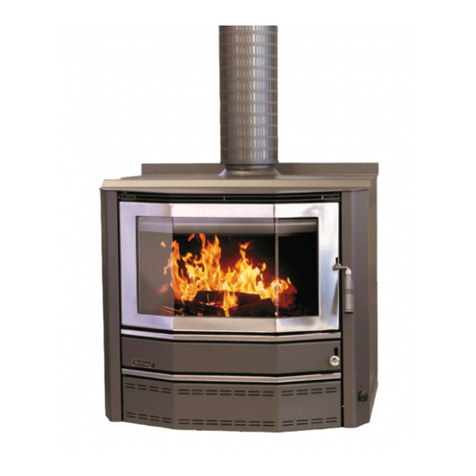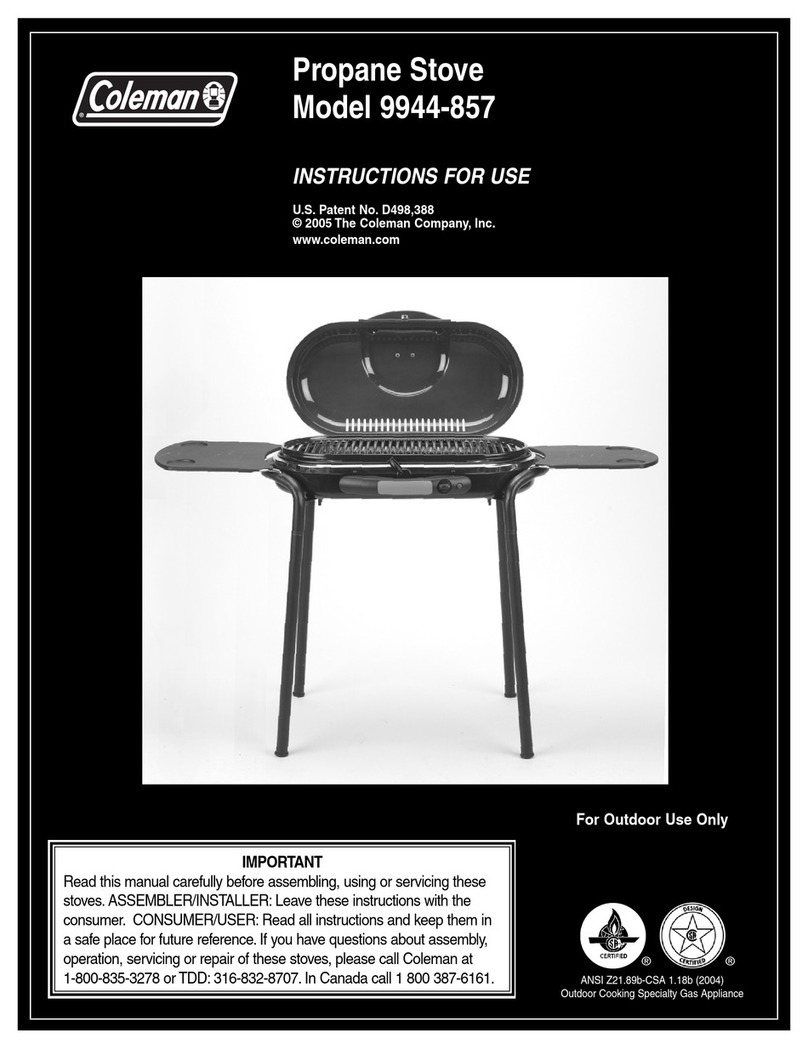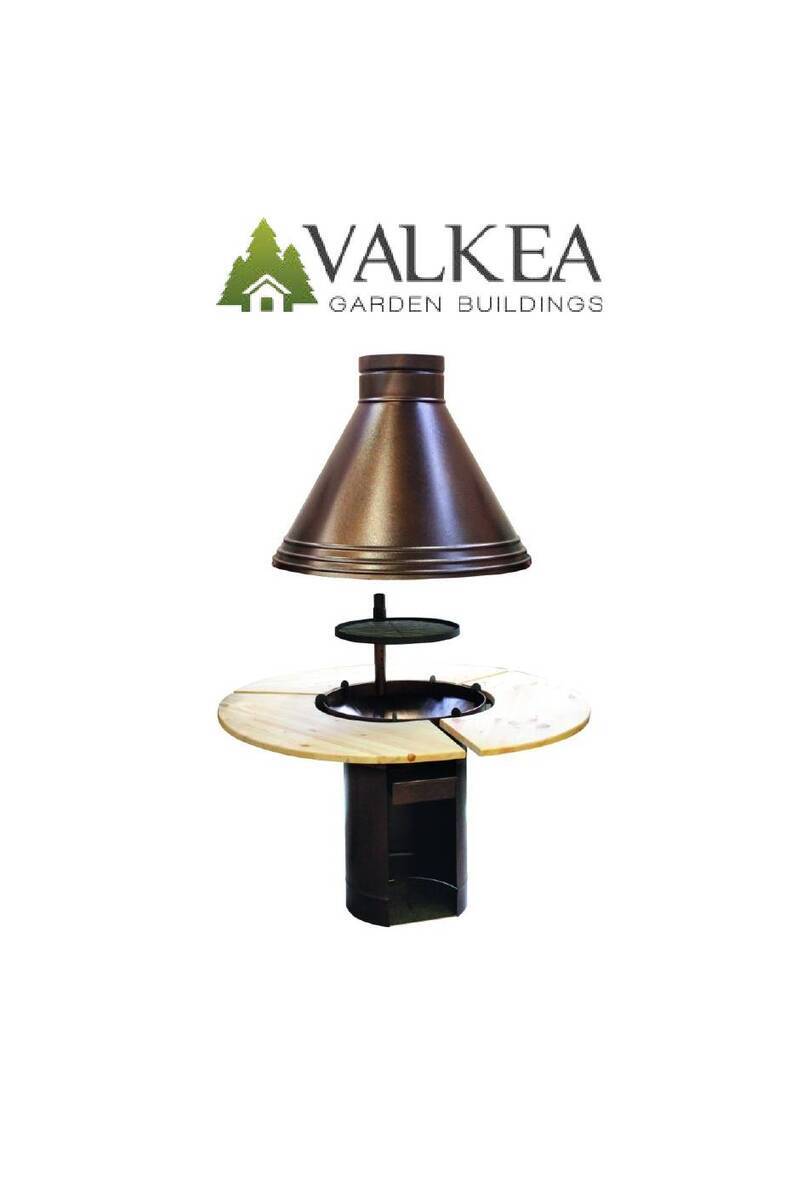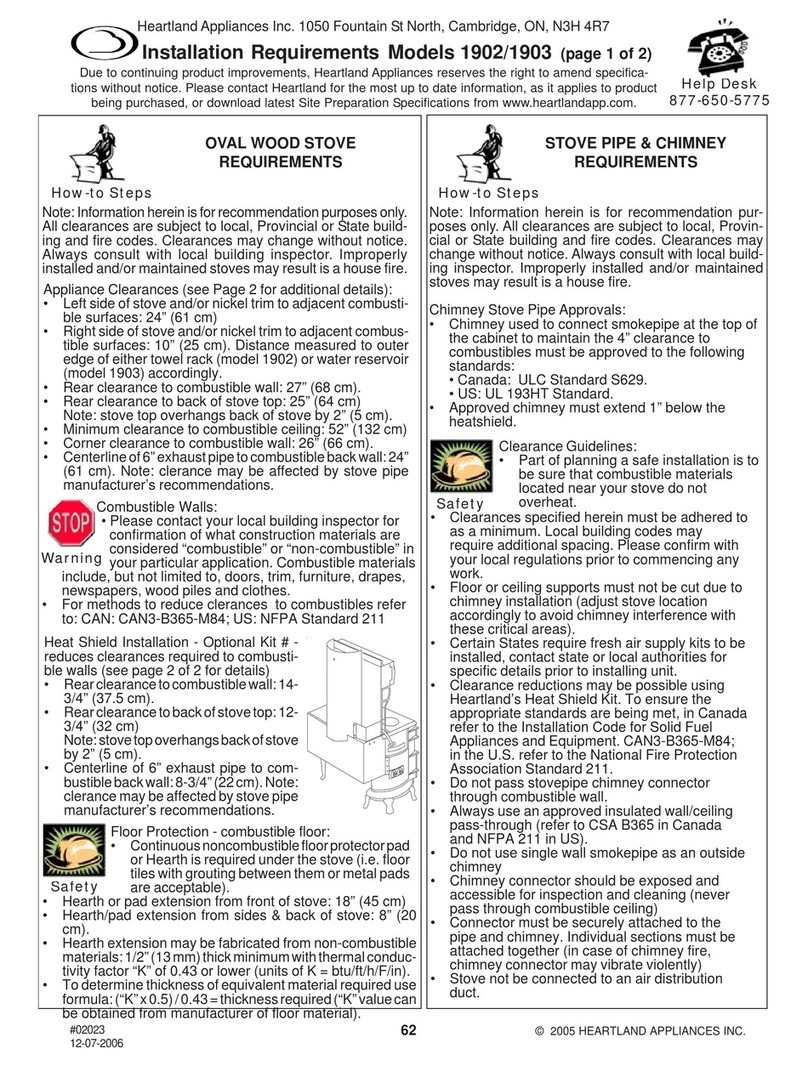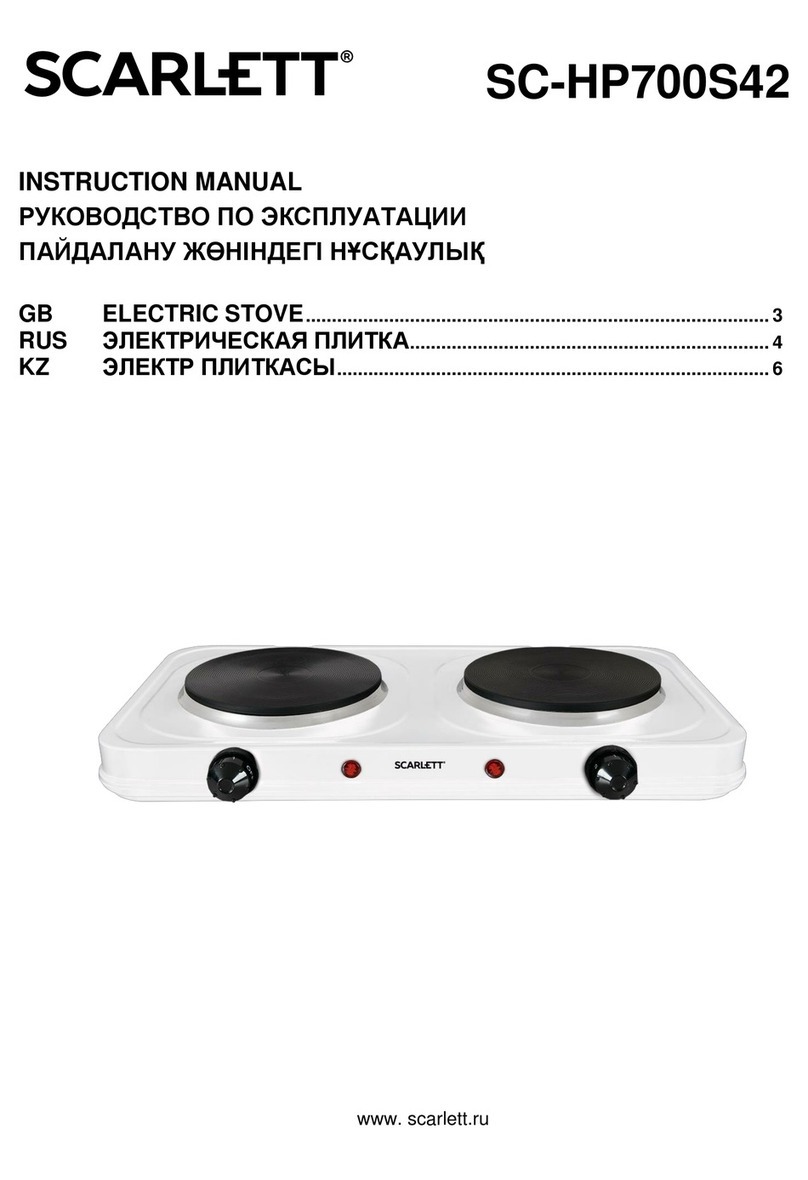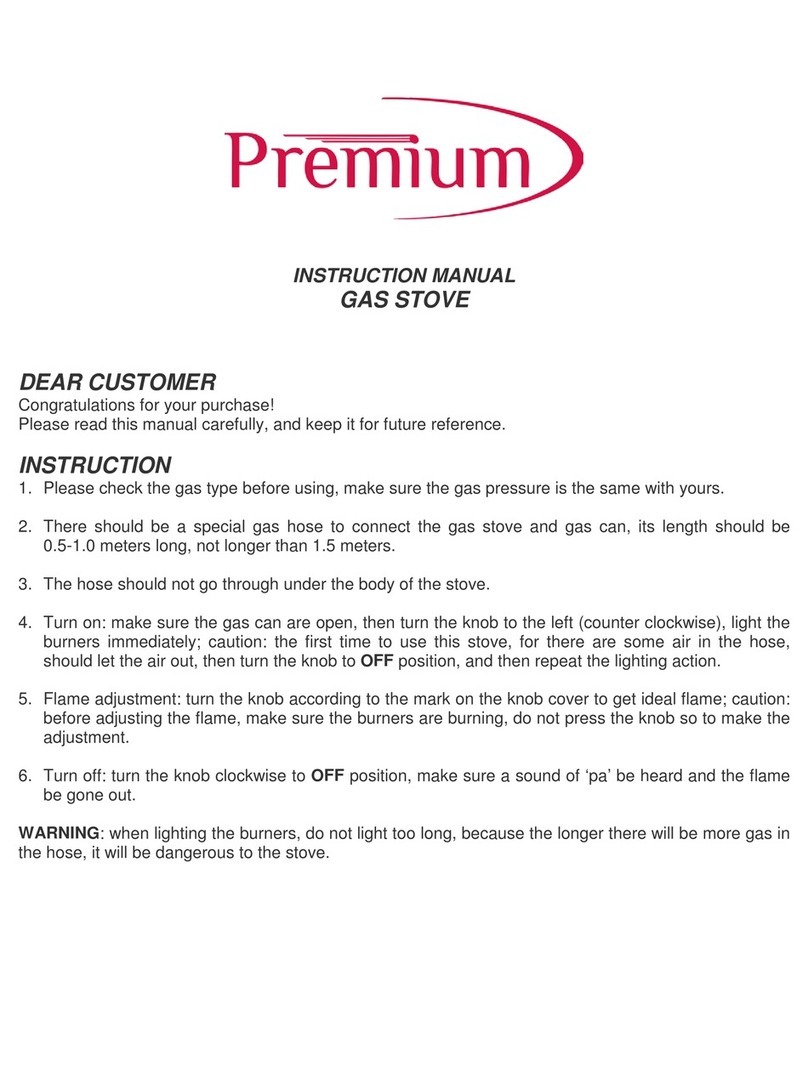
1
TABLE OF CONTENTS
Installation Instructions.......................2
Unpacking ............................................................... 2
Assembly............................................................... 3
CabinetInstallation .................................................. 5
Installation .............................................6
Clearances .............................................................. 6
RoughInfor OvalDiagram ....................................... 7
RoughInfor SweetHeart Diagram............................ 8
Chart ofClearances ................................................. 9
ClearanceReductions ............................................10
FloorProtection......................................................10
Chimneys and Draft ........................... 10
RecommendedChimney Clearances .....................10
ChimneyConnection Requirements .......................11
Optional Accessories ........................ 11
Heat Shield Kit .......................................................11
Fresh Air Kit ...........................................................12
Water Jacket.......................................................... 13
Fuel....................................................... 13
Woodburning ..........................................................13
Understanding Combustion ............. 14
GettingAcquainted ................................................14
Starting the Stove ...................................................15
Break In Fire ..........................................................15
SummerBurning .................................................... 15
Your First Fire ........................................................16
Coal Burning ....................................... 17
SweetheartCoalGrate ........................................... 17
OvalCoalGrate ......................................................17
Oval and SweetheartFire Door Damper ..................17
Starting Up a Coal Fire ...........................................17
RechargingtheFire ................................................18
Disposal of Ashes (wood and coal) ........................18
UseCaution ...........................................................18
Using the Oven and Cooking Surface19
StoveTop Cooking .................................................19
OvenCooking .........................................................20
WaterReservoir ......................................................20
Trouble Shooting ............................... 22
Chimneys and Draft ................................................22
How Chimneys Work.............................................. 22
Factors that Affect Draft .........................................22
Checking an Existing Chimney ..............................22
Saftey Practices.....................................................23
What To Do If You Have a Chimney Fire...........23
Maintenance........................................ 24
Oven FlueChamber ................................................ 24
Flue Boot Inspection ..............................................24
OvenDamper .........................................................25
Chimney Maintenance ............................................25
CookingSurface .....................................................25
Nickel Trim .............................................................25
Porcelain ................................................................25
Door Gaskets .........................................................26
Firebox ...................................................................26
OvenThermometer Adjustment ..............................26
FormulaforEquivalent Hearth Extension ................ 26
Terms of Reference and Function ... 27
Over Firing-Caution! .......................... 28
Kitchen Appliances ............................ 29
Oval Parts Diagram ............................ 30
SweetHeart Parts Diagram ............... 31
Replacement Parts Diagram ............ 32
Cookstove Parts List ......................... 33























